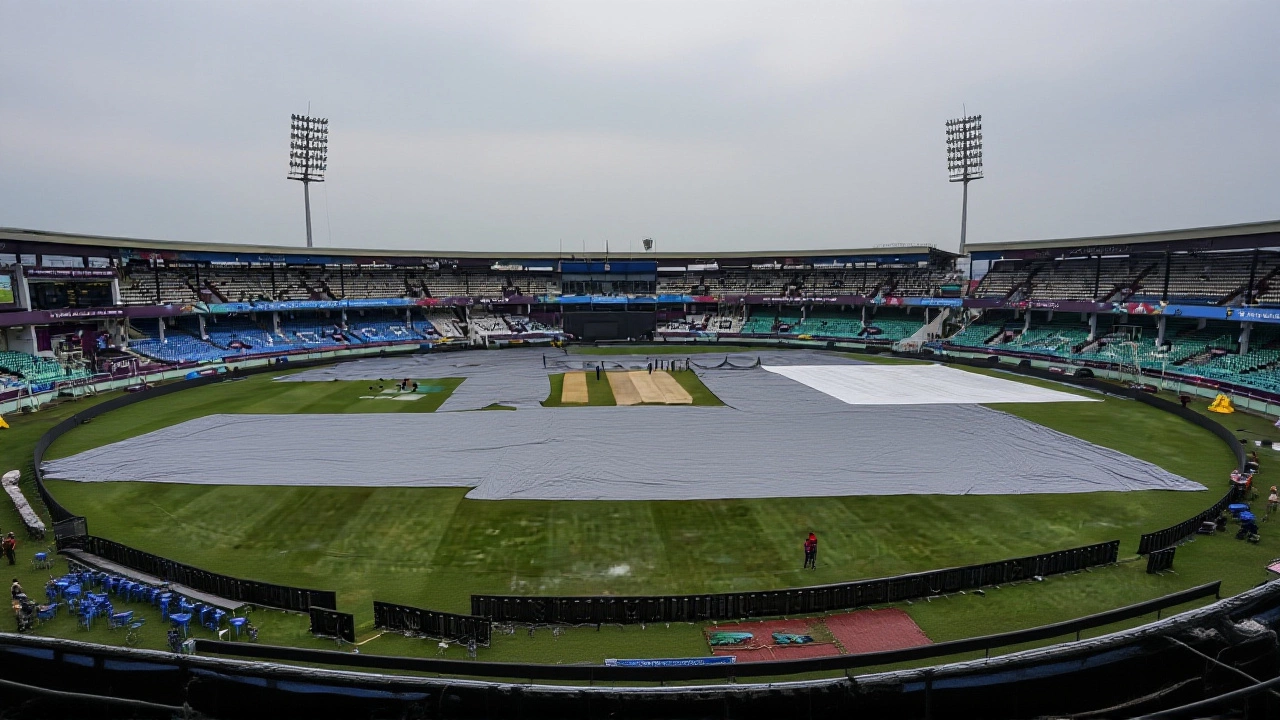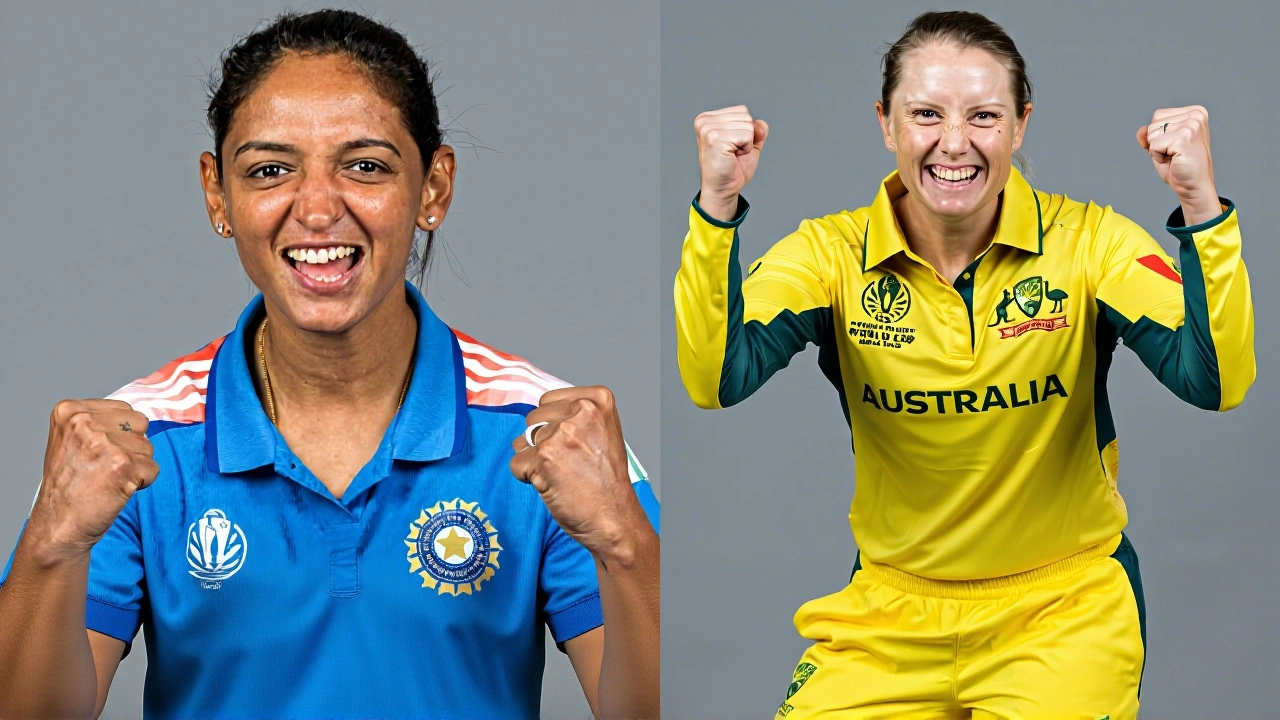As Diwali dawned on October 20, 2025, the skies over Visakhapatnam stayed stubbornly gray, and the usual crackle of celebration felt muted. Firecracker stalls, once buzzing with pre-Diwali frenzy, saw customers hesitate—not just because of the drizzle, but because the price tags had jumped so high that many families simply couldn’t justify the splurge. What was supposed to be a festive rush turned into a quiet reckoning: firecracker sales in the city were down, not because of bans or fear, but because of cost and clouds.
Price Hikes Confuse Consumers, Stifle Spending
Reports on how much prices rose varied wildly. The Times of India cited a modest 2–5% increase, while The Hans India reported a 20–25% surge. Meanwhile, The New Indian Express documented spikes as high as 150% for certain specialty items. For shoppers, the confusion was real. A pack of 100 SkyShots that cost Rs 600 last year now ran Rs 800. Sparklers, once Rs 100 for 10 boxes, were now Rs 250 per box. "Every item is above Rs 200," said R Ravi, a shopper from Kankipadu, who spent Rs 7,000 this year—nearly double what he spent last Diwali. "It’s unbearable." Traders like Y Murali Krishna in Machilipatnam pointed to the real drivers: higher license fees, stricter safety compliance, increased insurance, and transport costs. "We used to buy stock on credit," he said. "Now, we pay upfront, with bank guarantees. That’s baked into the price."Stalls Set Up, But Buyers Hold Back
The GVMC approved 400 temporary stalls across ten locations—including Andhra University’s Maddilapalem ground, MVP’s AS Raja Ground, and Gajuwaka—between October 18 and 20. Each vendor invested Rs 8–10 lakh in inventory, banking on Diwali’s traditional demand. Fire safety officer Ch Krupavaram confirmed strict rules: no cloth tents, 3-meter gaps between stalls, 50-meter buffers from homes, and mandatory fire extinguishers and sand buckets. "We didn’t cut corners," he said. "Safety isn’t optional." But the money didn’t translate to sales. Sai Kiran, a stall owner in Vizag, admitted: "Sales haven’t picked up. We’re hoping for Monday." Last year, discounts hit 80–90% off MRP. This year? Barely 50–60%. Families that once budgeted Rs 1,500–3,000 for fireworks are now cutting back to Rs 1,000–1,500. "We still want to celebrate," said Priya Reddy, a mother of two. "But we’re choosing one big set instead of five small ones."Green Crackers Rise as Eco-Consciousness Grows
Amid the gloom, a quiet shift is underway. Retail trader Tagore noticed more customers asking for "green crackers"—low-emission, noise-reduced alternatives approved by the Central Pollution Control Board. "People are listening," he said. "They’re not just buying for the noise. They’re buying for the memory—and the air their kids breathe." These eco-friendly options, while still pricier than traditional ones, are gaining traction among younger buyers and families with children or elderly members. A 100-shot green SkyShot now costs Rs 750—only Rs 50 less than the regular version—but buyers say the peace of mind is worth it.
Police Crackdowns and Weather Woes
City Commissioner of Police Shankhabrata Bagchi ordered special drives that led to the seizure of illegal stockpiles in informal markets. "We’re not trying to kill Diwali," he said. "We’re trying to protect it—from itself." Meanwhile, weather forecasts predicted light to moderate rain across coastal Andhra Pradesh from October 18–20. While the rain was patchy, it was enough to keep families indoors. "I planned to go out Sunday," said student Arjun Rao. "But the clouds rolled in, and I just stayed home." Yet, at the Andhra University Engineering College Grounds on Sunday, October 19, crowds still surged. Parents carried children on their shoulders, picking out sparklers and fountains. "It’s still Diwali," said one vendor, laughing as he wiped rain off his stall’s tin roof. "People will come. They always do."What’s Next for Firecrackers in Andhra?
The future of Diwali celebrations here may hinge on two things: affordability and awareness. If prices keep climbing without regulation, the tradition could shrink to only the wealthiest households. But if green crackers become more accessible—and cheaper—through subsidies or bulk procurement by municipalities, the cultural ritual might evolve rather than fade. Local leaders are watching. "This year was a wake-up call," said a GVMC official who spoke anonymously. "We need to balance tradition with responsibility. Maybe next year, we offer tax breaks for green crackers. Or partner with NGOs to distribute low-cost eco-friendly kits." For now, the fireworks are still lighting up the sky—just fewer of them, and with more thought behind each burst.Frequently Asked Questions
Why are firecracker prices so inconsistent across reports?
Price variations stem from differences in product types, vendor locations, and sourcing channels. Basic sparklers saw 20–30% hikes, while specialty items like multi-shot skybursts jumped 100–150%. Smaller vendors without bulk contracts absorbed higher transport and compliance costs, leading to wide regional discrepancies. Official data is still being compiled by the Andhra Pradesh government.
How many people are switching to green crackers?
While exact numbers aren’t available, retailers in Vizag report a 35–40% increase in green cracker inquiries compared to last year. Sales of eco-friendly options rose by nearly 25% at major stalls like those at Andhra University Ground. Many customers, especially younger families, are choosing green crackers for reduced smoke and noise, even if they cost slightly more.
What safety rules were enforced for firecracker stalls?
The GVMC mandated tin or asbestos roofing (no cloth tents), a minimum 3-meter gap between stalls, 50-meter buffer from homes, and no stalls under high-tension wires. Each stall required two water tanks, sand buckets, and a fire extinguisher. Over 15 unauthorized stockpiles were seized during police drives, and 8 vendors were fined for non-compliance.
Did the rain significantly impact sales?
Yes. While some stalls reported steady footfall on Sunday, Monday’s overcast skies and scattered showers kept many families indoors. Vendors noted a 20–30% drop in walk-in traffic compared to the same day last year. Sales that typically peak on Diwali morning were delayed or canceled, especially among budget-conscious shoppers who waited for clearer skies.
How does this year’s spending compare to previous years?
Last year, families spent Rs 2,000–3,000 on average for a full set of crackers. This year, the minimum viable purchase rose to Rs 4,000–5,000 due to price hikes and reduced discounts. Many households cut their budgets to Rs 1,000–1,500, buying only one or two key items instead of full assortments. The shift reflects both economic pressure and changing attitudes toward consumption.
Will prices come down next Diwali?
Not unless policies change. If safety regulations remain strict and fuel/insurance costs stay high, prices will likely stay elevated. However, if the state introduces subsidies for green crackers or negotiates bulk procurement with manufacturers, prices could stabilize. The government is reportedly reviewing feedback from vendors and consumers ahead of next year’s Diwali.
